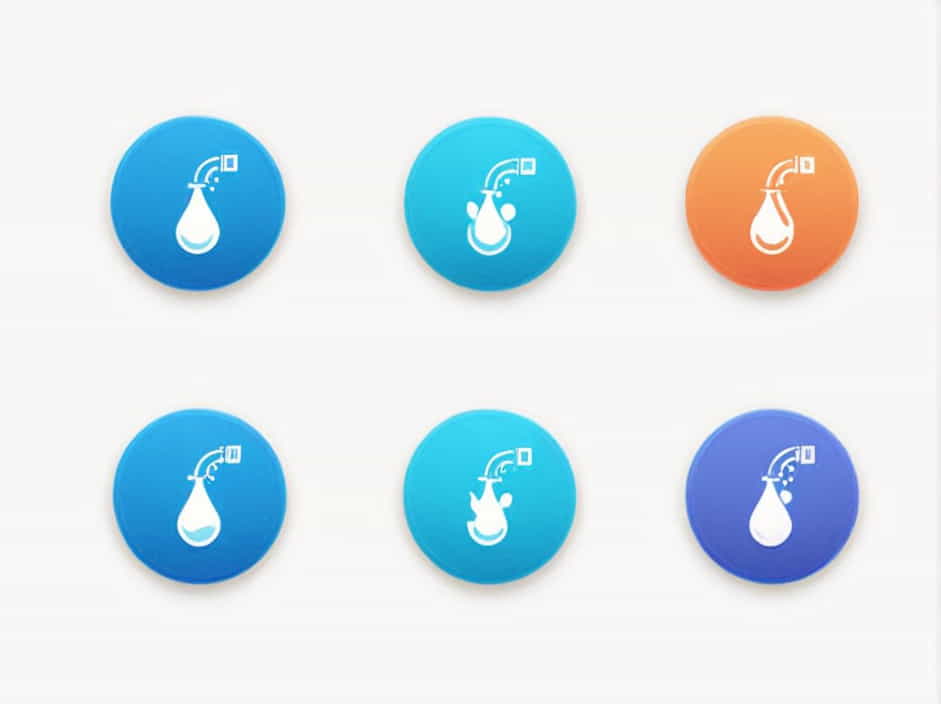Maintaining a clean and safe swimming pool requires proper care, and one of the most important maintenance tasks is shocking the pool. Shocking helps eliminate contaminants, kill bacteria, and remove algae. However, many pool owners wonder, “Should I backwash after shocking my pool?”
The answer depends on several factors, including the type of filter, the level of debris, and the condition of the water. In this topic, we’ll explore when and why you should backwash after shocking, along with best practices for maintaining your pool.
What Is Pool Shocking?
Understanding Pool Shock Treatment
Shocking a pool means adding a high dose of chlorine or non-chlorine shock to eliminate bacteria, algae, and organic contaminants. This process is crucial to maintaining crystal-clear water and preventing harmful microorganisms from spreading.
Why Is Shocking Necessary?
✔ Kills bacteria and viruses in the water.
✔ Removes organic contaminants like sweat, sunscreen, and debris.
✔ Oxidizes chloramines, which cause strong chlorine smells.
✔ Prevents and eliminates algae growth.
Most experts recommend shocking a pool once a week or after heavy use, especially if the water appears cloudy or has a strong chlorine odor.
What Is Backwashing?
How Backwashing Works
Backwashing is the process of reversing the flow of water through the filter to flush out debris, dirt, and contaminants. It is commonly used with sand and DE (diatomaceous earth) filters to maintain efficiency.
Signs Your Pool Filter Needs Backwashing
✔ High pressure on the filter gauge (above normal levels).
✔ Cloudy or dirty pool water even after adding chemicals.
✔ Reduced water circulation or weak return jets.
✔ Visible debris inside the filter.
Regular backwashing ensures that the filter operates efficiently, preventing clogs and improving water quality.
Should You Backwash After Shocking?
The short answer is: It depends on the pool’s condition and filter type. Below, we’ll break down different scenarios to determine whether you should backwash after shocking.
1. Backwash Before Shocking (Recommended in Most Cases)
For the best results, it is often a good idea to backwash before shocking the pool. This helps remove built-up debris and ensures the filter is clean enough to properly circulate the shock treatment.
Why backwash before shocking?
✔ Removes debris that can interfere with chlorine effectiveness.
✔ Allows better water circulation, helping the shock spread evenly.
✔ Prevents contaminants from clogging the filter after shocking.
2. Backwash After Shocking (Only If Necessary)
In some cases, backwashing after shocking may be needed, but only under specific conditions:
-
If the pool turns cloudy or has a lot of dead algae, backwashing can help remove the waste filtered out.
-
If the filter pressure is high after shocking, indicating debris buildup.
-
If you use a DE filter, since shocking can cause it to clog quickly.
However, if the pool remains clear and the filter pressure is normal, there’s no need to backwash immediately after shocking. Doing so could waste chemicals and disrupt the filtration process.
When to Backwash After Shocking?
If your pool has a lot of debris or algae, it’s best to wait 12-24 hours after shocking before deciding whether to backwash. This allows the filter to capture contaminants first.
Here’s a step-by-step approach to determine if backwashing is needed:
-
Shock the pool and run the pump for at least 8 hours.
-
Check water clarity and monitor filter pressure.
-
If the water is still cloudy or the pressure gauge is high, backwash the filter.
-
If the water is clear and pressure is normal, skip backwashing to preserve chemicals.
Backwashing by Filter Type
Different pool filters require different backwashing strategies. Here’s what to consider for each type:
1. Sand Filters
✔ Backwash before shocking to remove debris buildup.
✔ Monitor pressure after shocking-if it rises, backwash again.
✔ Run the pump for at least 24 hours after shocking before deciding.
2. Diatomaceous Earth (DE) Filters
✔ Backwash before shocking, then recharge with fresh DE powder.
✔ Monitor the filter closely-DE filters clog quickly after shocking.
✔ Backwash after shocking only if necessary, then add new DE powder.
3. Cartridge Filters
✔ No backwashing required-cartridge filters must be removed and rinsed manually.
✔ Check the filter after shocking-if dirty, clean it with a hose or soak in a filter cleaner.
Common Mistakes to Avoid
When shocking and backwashing your pool, avoid these common mistakes:
Backwashing too soon after shocking – This can remove chemicals before they work effectively.
Skipping pre-shock backwashing – Dirty filters reduce chlorine effectiveness.
Forgetting to monitor filter pressure – Ignoring high pressure can lead to poor water circulation.
Using too much or too little shock – Improper dosing affects pool clarity and cleanliness.
Best Practices for a Healthy Pool
To maintain a clean and well-balanced pool, follow these essential tips:
✔ Test water chemistry weekly – Maintain proper chlorine and pH levels.
✔ Shock your pool regularly – Especially after storms, heavy use, or algae outbreaks.
✔ Backwash only when necessary – Avoid wasting water and chemicals.
✔ Monitor filter pressure – Clean or backwash when needed.
✔ Keep the pump running – Circulation is key to effective shock treatment.
Final Verdict: Do You Need to Backwash After Shocking?
✅ Backwash BEFORE shocking if your filter is dirty.
✅ Backwash AFTER shocking ONLY if the water remains cloudy or filter pressure is high.
✅ Skip backwashing if the water clears up and pressure stays normal.
By following these guidelines, you can ensure optimal pool health while saving time, chemicals, and water. Keeping your filter clean and your pool properly shocked will result in sparkling, safe swimming conditions all season long.
